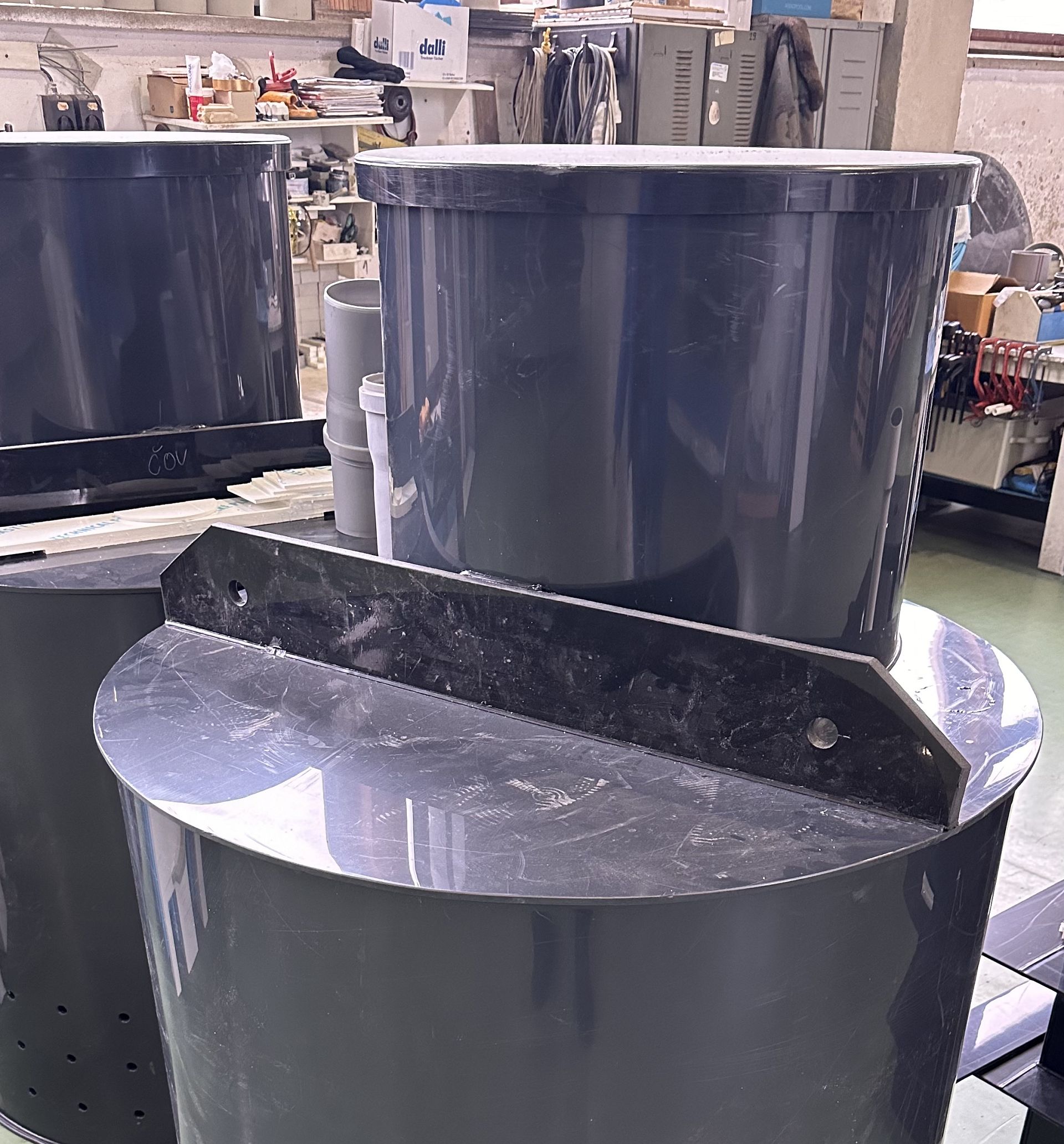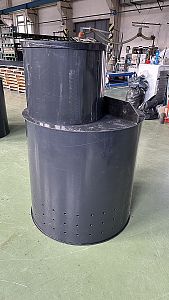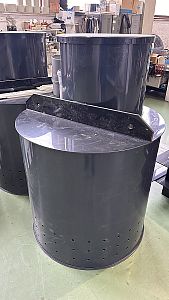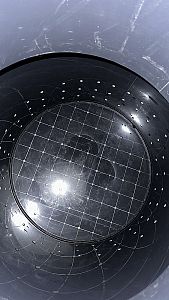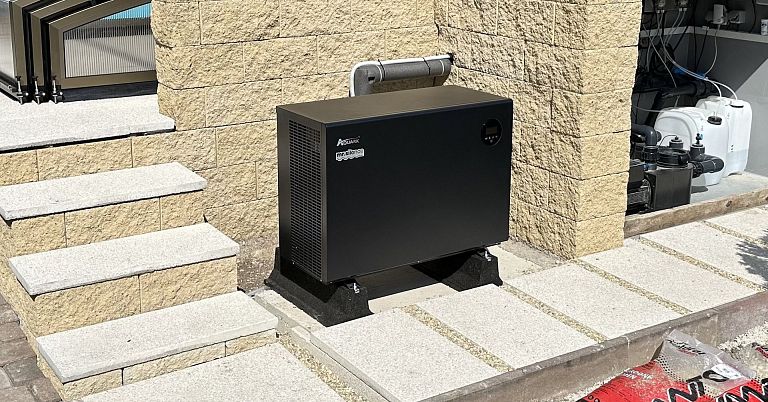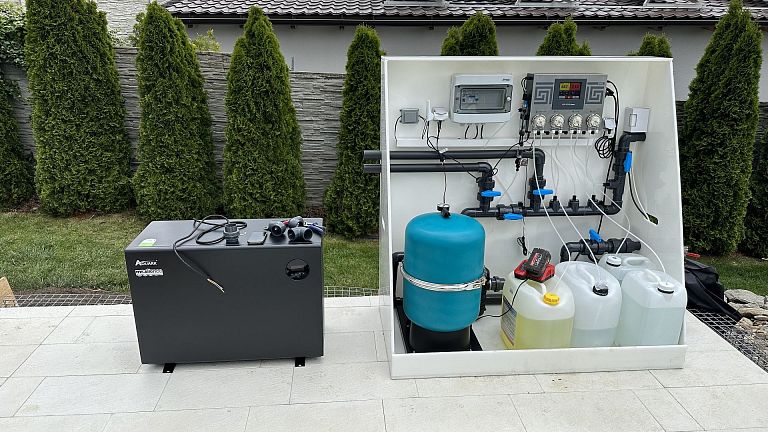Don't know what to do with excess rainwater or clean wastewater? Often it cannot simply be discharged into a sewer system or water body. So make use of a sewage holding tank. With this efficient solution, the water is seeped almost immediately and also allows it to seep gradually further into the soil.
We also offer rainwater tanks and soakaways that can be adapted to your requirements. You can easily capture rainwater and reuse it for your daily needs.
Description and functions of the sewage sump
Septic tanks are used to collect rainwater or treated wastewater on the property. Pumping takes place almost instantly due to the holes in the walls of the sump or the bottom itself due to its storage capacity, so only a small area is needed to collect rainwater or treated wastewater from the sewage treatment plant. The sump is made by welding polypropylene plates and can be chosen in square, oval or round designs.
The sump is installed underground on a solid and level base. The sewage sump is usually located behind the domestic sewage treatment plant. If it is used only for rainwater harvesting, the seepage sump is placed behind the storage tank. Both wastewater and rainwater flow into the soakaway through the safety overflow of the tank in front of the soakaway.
If more than one sump is needed for a larger volume, the sumps are connected behind each other via another overflow. The design of the number of soakage sumps shall be in accordance with the standard ČSN 75 9010.
Advantages of the sewage soakage sump
- quick and easy installation
- low purchase price
- immediate storage capacity
- high durability even in harsh conditions
Where sewage lagoons are used
Sewage soakaways are particularly useful in places where the building permit regulations indicate that stormwater must be left on the property or treated wastewater from sewage treatment plants cannot be discharged into the sewer system. It can be ideal for detached houses, holiday homes, or even larger properties such as hotels. However, remember to act in accordance with current legislation and in a manner approved by the relevant authority for the site.








